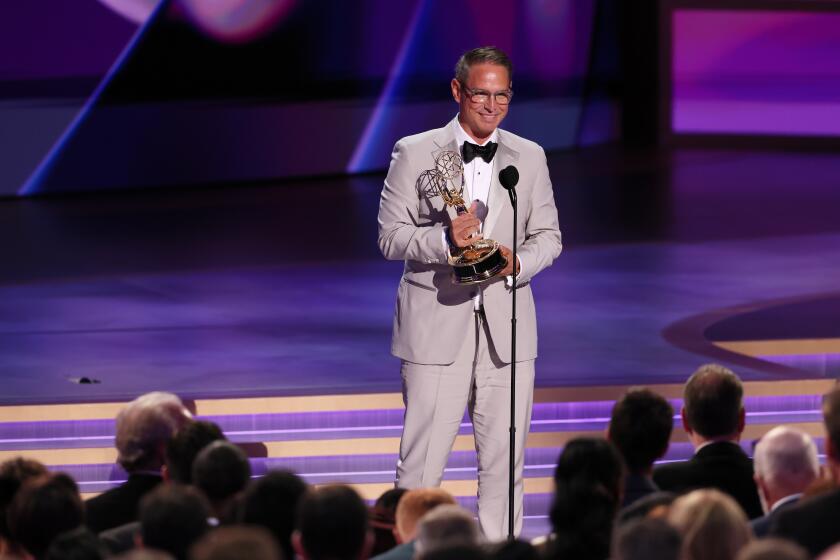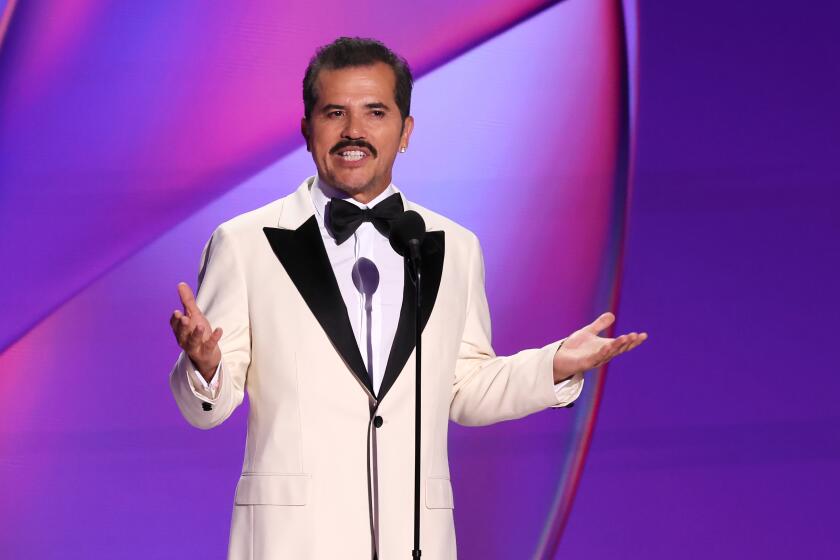It’s been 30 years since ‘The Real World’ introduced reality TV. How things have changed.
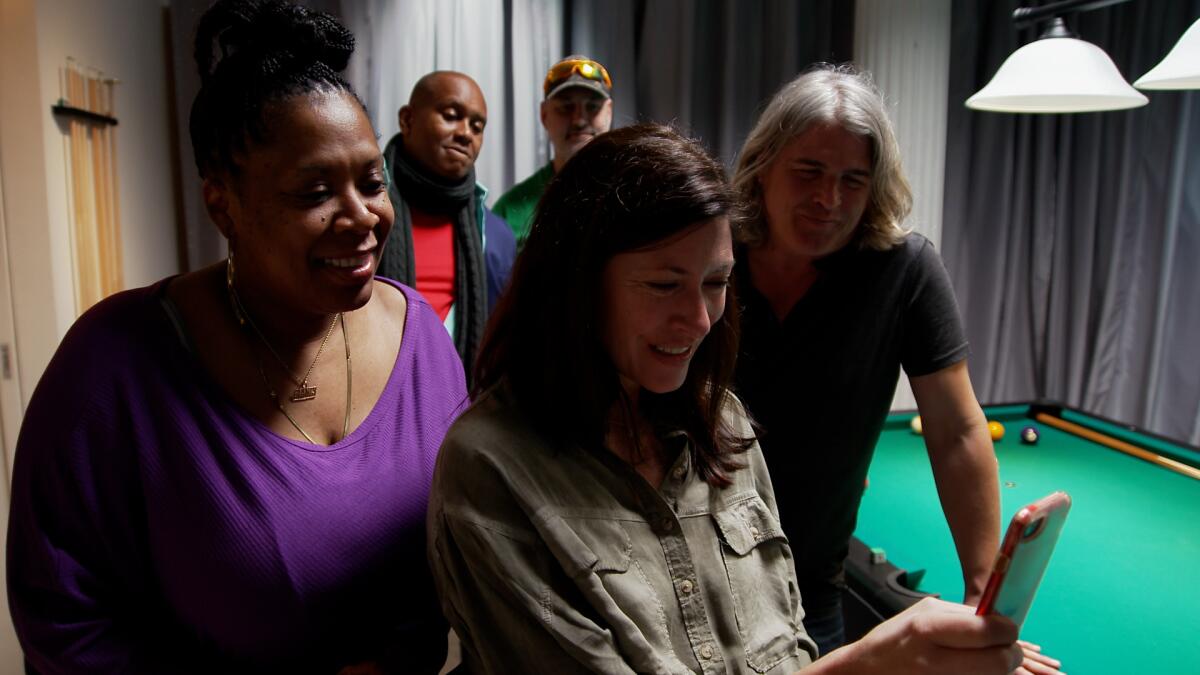
- Share via
Thirty years ago, MTV’s “The Real World” opened with its cast members introducing the world to a new-fangled kind of storytelling: “This is the true story of seven strangers picked to live in a house and have their lives taped to find out what happens when people stop being polite ... and start getting real,” they said in the show opening. “The Real World,” the first modern foray into reality TV, ran for more than 640 episodes — and changed television in the process.
But co-creator Jonathan Murray (with Mary-Ellis Bunim) says he never expected that kind of success: “‘The Real World’ was very much a social experiment. The idea of covering people 24/7 for 13 weeks nonstop hadn’t been done, and it was exhausting.” Still, he’s back at it, with “The Real World Homecoming” spinoff now in its second season, and says, “With ‘Homecoming,’ we see how people [on the original series] were affected by this social experiment. Most of them seem to feel it was a positive experience.”
On some level, reality TV has been a part of television since the medium’s earliest days: “Candid Camera,” “Queen for a Day,” “Real People” and “An American Family” all played with the idea of turning cameras on nonactors in partially or fully artificial situations. But “Real World” took it to another level, spawning a genre that spread like kudzu over TV programming in the ensuing decades. Today, reality TV encompasses three nontechnical Emmy categories and blurs the lines with the documentary genre (which has its own Emmy categories). But in that time, what reality TV actually is has become equally blurry.
“When unscripted programming is at its best, it’s reflective of the real world,” says Brandon Riegg, vice president of unscripted and documentary shows at Netflix. “It can be one of the most broad or diverse categories: There are shows that are aspirational or influential but ultimately relational.”
Adds Andy Cohen, host of Bravo’s “Watch What Happens Live With Andy Cohen” and executive producer of “The Real Housewives” franchise, “Truth is absolutely stranger than fiction. What I love about reality is it can go anywhere. It can uplift us or it can be a dumpster fire.”
Reality TV Goes Wild
When things get real, they can get real weird and real memorable. And after 30 years of modern reality TV, there have been plenty of those moments. Here’s a look at three of them:
“The Real World”: Pedro Zamora’s Struggle With HIV/AIDS (1994)
“He wanted the cameras to be present at the doctor’s appointments, and he found out the news that his T-cell count had dropped to 32 at the same time the camera guy, the director and audio guy all found out,” says “Real World” co-creator Jonathan Murray. “He was incredibly courageous.”
“The Osbournes”: Moving In (2002)
“They moved into their house on the first day of production, and the moving truck arrived with a box that said, ‘Dead Things,’” recalls “Queer Eye” executive producer Jennifer Lane, who was working on the crew of the show at the time. “It was like a comedy. I was obsessed.”
“Real Housewives of New Jersey”: Teresa Flips Out (2009)
During an argument between Teresa Giudice and Danielle Staub at a restaurant dinner party, Giudice went ballistic after she was told to “pay attention.” She banged on the table and ultimately flipped it over. “It was so shocking and wild, and was a definitive moment in the ‘Housewives’ pantheon,” says “Watch What Happens Live With Andy Cohen” host Andy Cohen, who executive produces the “Housewives” series. “It made a mark.”
— Randee Dawn
Perhaps because of that transformational, shape-shifting ability, reality TV persists and has been around long enough now to infiltrate popular culture — think “The Truman Show,” “The Hunger Games” and “Squid Game.” The reality shows that earn Emmy nominations today are as varied as colors on the rainbow: In 2021, nominated series included “RuPaul’s Drag Race: Untucked,” “Below Deck,” “Selling Sunset,” “Queer Eye,” “Antiques Roadshow” and “Shark Tank.”
What will surface for 2022’s Emmys? It’s anyone’s guess; the nature of many reality TV shows is that they can skip a year or three while preparing for the next entry, while others can have multiple “seasons” in a single year. In 2020, Netflix’s “Cheer” took home three Emmys, a fact that still baffles creator Greg Whiteley.
“I couldn’t venture a guess as to why ‘Cheer’ cleaned up so well,” he says, suggesting that there has been a turn in what appeals to voters: shows that have more substance than flash, and actually show specialists excelling in their specialty — including cheerleading. “If the predominant force of entertainment skews too far in one direction, like superhero movies, or big-budget sci-fi movies, I wonder if that leaves a vacuum in people’s souls where they want something more homegrown or relatable,” Whiteley says.
That echoes Heidi Klum’s experience. While pitching “Project Runway” in the mid-2000s, she says she was told by executives, “Why would we want to watch people sew?” Two Emmys and 19 seasons later, “Runway” is still running (though without Klum), and she’s moved on to Prime Video’s “Making the Cut,” a similar series where she’s an executive producer, a judge and a host. “We were always about finding talented people,” she says. “That’s the premise of everything I wanted to be a part of.”
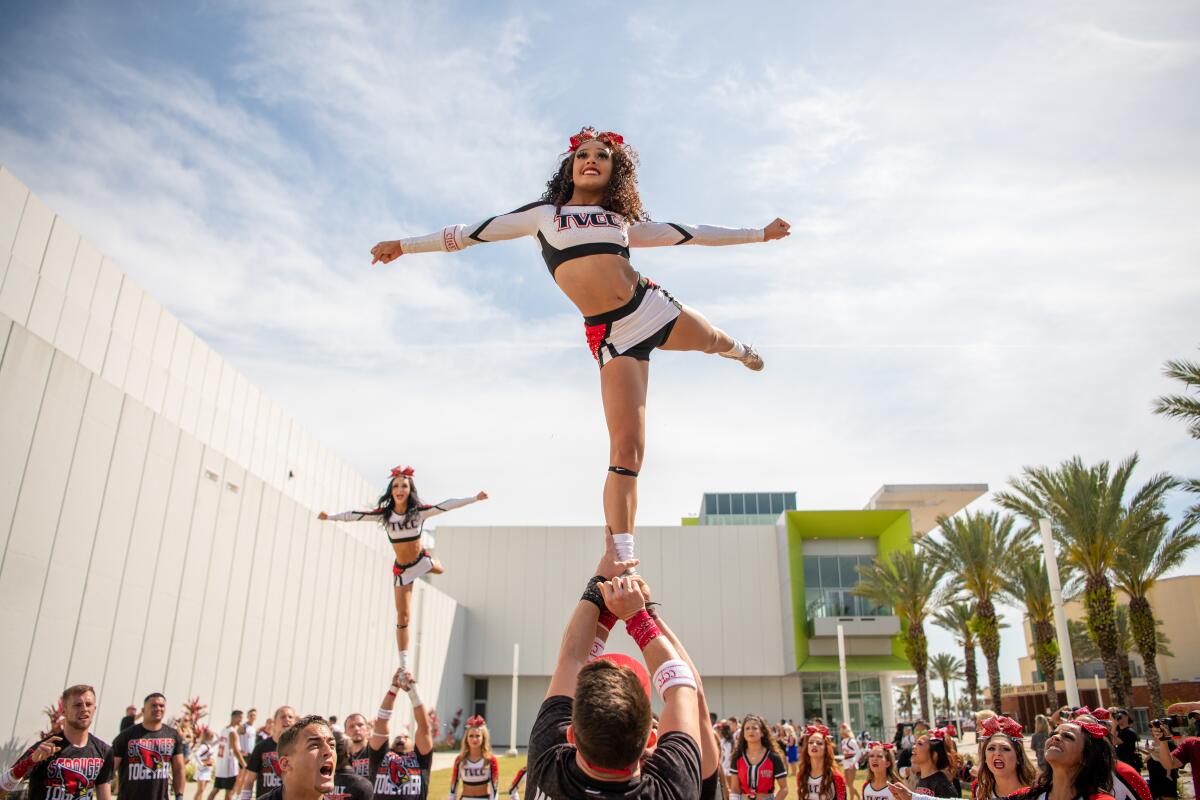
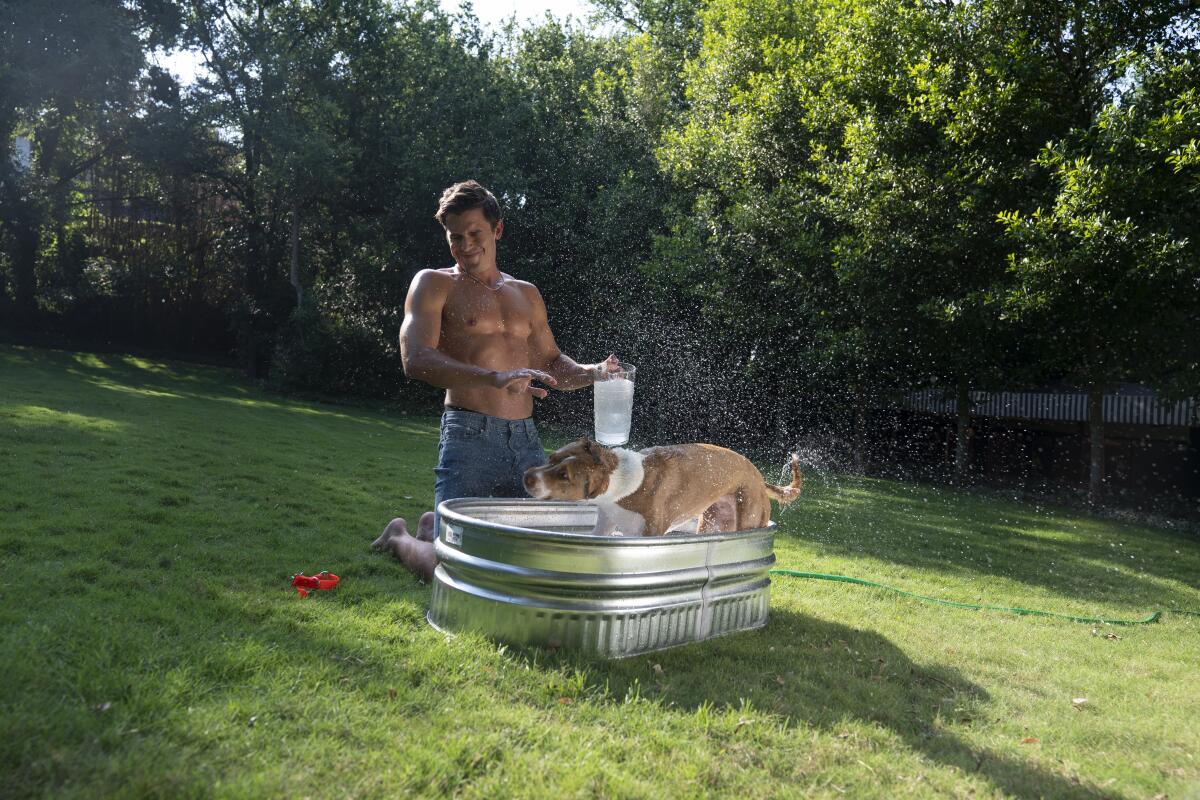
“Queer Eye,” which rebooted in 2018 on Netflix and has won the structured reality program Emmy every year since, might not be about creating, but it does have that “homegrown,” earnest feel Whiteley refers to. “We try to get people where they are and really learn about them,” says executive producer Jennifer Lane. “We don’t try to change people, just shift their shoulders in a new direction.”
Not that reality TV has gone soft; there are still plenty of series that get their thrills from deprivation or embarrassment of participants, and there are lots of docu-soaps or occu-soaps (occupation-based soaps) that aim no higher than to be “aspirational.” Take “Selling Sunset,” which focuses on high-end real estate agents and was Emmy-nominated in 2021.
“It’s a form of escapism,” says executive producer Adam DiVello. “People see themselves in these shows, and it’s escapism from the day-to-day. It’s easy to digest and fun to watch — it’s like candy. People know it’s not a documentary, and it’s not sold as such. We try to make it as entertaining as possible and tell a great story at the same time.”
Which ultimately, no matter what the decade or type of reality show, is true for them all: telling great stories. And because of that, says “Queer Eye’s” Lane, “It’s never going to get old. There’s the old adage about there being only 50 stories and we keep repeating them. We’re having a lot of fun with this social experiment. You know that movie ‘The Running Man’? That’s where we’re going.”
More to Read
From the Oscars to the Emmys.
Get the Envelope newsletter for exclusive awards season coverage, behind-the-scenes stories from the Envelope podcast and columnist Glenn Whipp’s must-read analysis.
You may occasionally receive promotional content from the Los Angeles Times.





